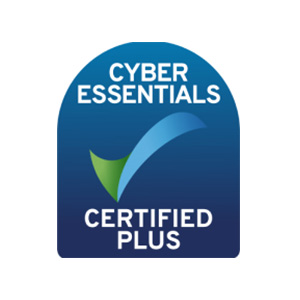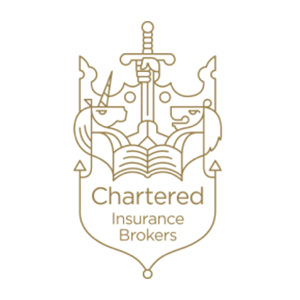Knowledge centre
Latest insights
1 Jul 2025
Griffiths & Armour appoints Managing Director of the Professional Risks Division
Griffiths & Armour is pleased to announce that Tanya Winstanley has been appointed Managing Director of our Professional Risks Division...
Read more






